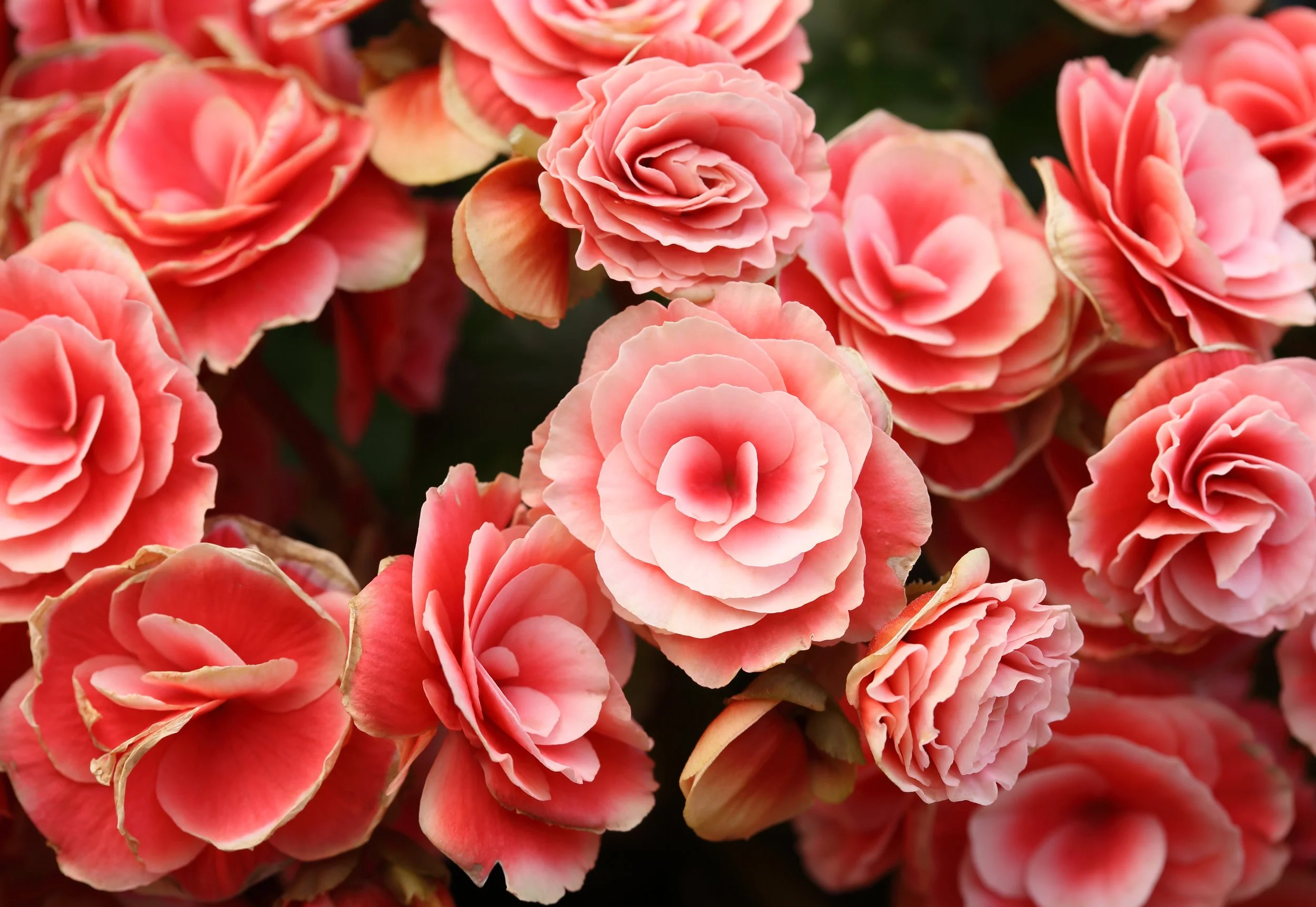I spent many years ignoring plot.
Why?
Well, plot always seemed a bit like my second-cousin-in-law, Abner (name changed to protect the guilty: me).
Sure, Cousin Abner (who was considerably older than me) came to every party, invited or not. His cigars fouled the air and his butt-in comments fouled our conversations. We greeted him as warmly as we could, but not nearly as warmly as when we watched him go out the door. [cartoon of cigar-smoking man?]
In short: like a bad story's plot, Cousin Abner felt like a necessity to be endured—but never a pleasure.
Cousin Plot?
Over decades of professional storytelling, I have long told (and created) stories—which meant that I had to come to terms with their plots. I had to tweak their plots, revamp their plots, and sometimes borrow some of one story's plot to use in another.
But I saw plot in the same light as Cousin Abner: as something unavoidable—but that I never enjoyed dealing with.
Plot Seemed So Mechanical!
To be fair, much of what turned me away from plot was the mechanical approaches to it that have become ever more popular: the five stages, the three acts, the twelve parts, etc.
More and more, plot has been described as a list of certain types of scenes: if you just fill in these scenes in the right order, your story will work!
Ever since I learned the joy of writing poetry, though—as a nine-year-old at my Dad's loving side—such mechanical approaches have always repelled me.
Can Plot Have a Joyful Side?
As can sometimes happen with an unliked relative (but, alas, never with Cousin Abner), I finally happened upon plot's good side.
After years of accepting plot as something formulaic and mechanical, I finally became interested in its essence:
• What does plot do?
• How can I see plot as my friend and ally?
• How can a new understanding of plot help me improve my stories (both written and told)?
How Can I Experience the Joy of Plot?
Yes, plot has a joyful side. But to experience that joy, you cannot treat each new story's plot as something to be assembled from a formula. Instead, you must treat it as what your story wants it to be: something precious and unique.
The key approach is this:
A plot is not best thought of as something to make. Rather, it is something to grow.
Like all art, plot is best when it grows organically. But to let plot grow, you have to give up expecting to know in advance what your plot will look like when you're done.
The Problem of Hoped-For Perfection
An abundance of begonias…
In the same way, when you plant a begonia, with any luck you'll get a begonia. But it won't look exactly like any other begonia. It's shading will be unique in some way, as will the exact size and shape of its petals, leaves, and stem.
If you want uniform perfection, then, you can't let things grow. You can stamp them out or produce them artificially on an assembly line. But no set of living things is created with complete uniformity. That distinction belongs only to the inanimate: that which is assembled from dead parts.
So, depending on how you look at it, infinite variety is either part of the glory of things that grow—or the penalty imposed on the inanimate by the natural processes of growth.
The Case for the Artificial Flower?
Origami flowers…
People buy artificial flowers because they have some of the qualities of real flowers: they have colors as well as shapes and even textures that remind people of natural flowers. Further, especially for people who don't care to water flowers, artificial blossoms have the advantage of never drying up.
If you're someone who insists on expending the lowest possible amount of labor on something that resembles a flower, then an artificial flower is your best bet—by far.
That said, there are trade-offs with the fake flower: the lack of a delightful scent, the lack of variety, and, in spite of advances in artificial materials, the lack of the particular and varied textures that characterize natural blossoms.
So, you need to decide:
Do you want something that reminds you of a flower but lacks the full sensory impact of a flower?
Or do you want a living flower, with all the textures, scents, and uniqueness that nature can supply?
This is not a fake choice. Depending on the kind of story you want to create (and the context in which it will appear), either choice can be optimal.
But each choice has a different set of pros and cons: a different set of trade-offs.
And similar trade-offs apply to plot in all its forms!
No One Choice Is Always Best!
Please note: there isn't a "should" here: no one choice is the best bet for every situation. If you want a plenitude of predictable, nearly identical stories, you can best create them using an "artificial plot."
Sometimes, the plot that's assembled from a list of "how to" instructions can be deeply satisfying. But it always runs the danger of becoming all too similar to an artificial flower:
It is likely to resemble a real story, at least at first glance;
It can give some of the comfort of a real story;
But, in the end, such a plot is unlikely to reward you in the way you can be gratified by smelling a real rose.
Therefore, if you want the sense of uniqueness and creativity that is expected in artistic literature, you'll do best with custom-created plots.
This is not a value-judgement: only you can decide your goals. But the results you get will be a direct consequence of the choices you make as you create a story. The artificially created plot can suggest (but almost never match) the artistically created plot.
But How Do You Create a Unique, "Natural" Plot?
What's the alternative to "artificial plot flowers"? If assembling a plot with one scene from "column A" and another from "column B," doesn't lead to a unique, living, engaging plot, then what might you do instead?
The source of the artificial plot's problem—which can be as appealing (but no more appealing) than an artificial flower—is that many of us have never understood how to grow a plot in the first place—much less, the importance of growing a plot.
If the only thing we know about humans is through an anatomy lesson, then we never get to enjoy a smile the way I do whenever my precious wife curls up the corner of her mouth while she makes a joke.
Such a smile is terribly difficult to create by sheer imitation. In fact, it can only rarely be replicated by formula or repetition.
Why? Because all distinctive smiles involve creativity: the creation of a unique response for each unique situation. (The same is generally true for distinctiveness in general: by definition, distinctiveness is the opposite of stereotypes.)
Different parts of a story can be created in different ways!
If you decide to make your plot with a cookie-cutter, you can still be creative with other aspects of your story. For example, you can write beautiful, creative descriptions, or fascinating turns of phrase that might flow out of a character's mouth.
In fact, some of those creative moments can make up, at least in part, for your lack of a living plot.
But such moments are very unlikely to completely make up for that lack—in the same way that real olive branches can't make up for artificial olive leaves.
Why not? Because artificial leaves are a pale substitute for leaves that live, breathe, morph, and surprise you in delightful new ways.
A Living Force?
Instead of trying to copy someone else's plot, then, you need to understand what plot does, how it lives and breathes. You need to think of a plot as a living force within a story: a force that will, on the one hand, surprise and perhaps frustrate you along the way—but, on the other hand, can repay your reader's (and your) work of experiencing it deeply.
If you're willing to put in the time and effort to understand the essence of plot, then you'll be rewarded (just as a master gardener will be rewarded) with being able to create, in one new way after another, stories that engage, reward, and move others.



